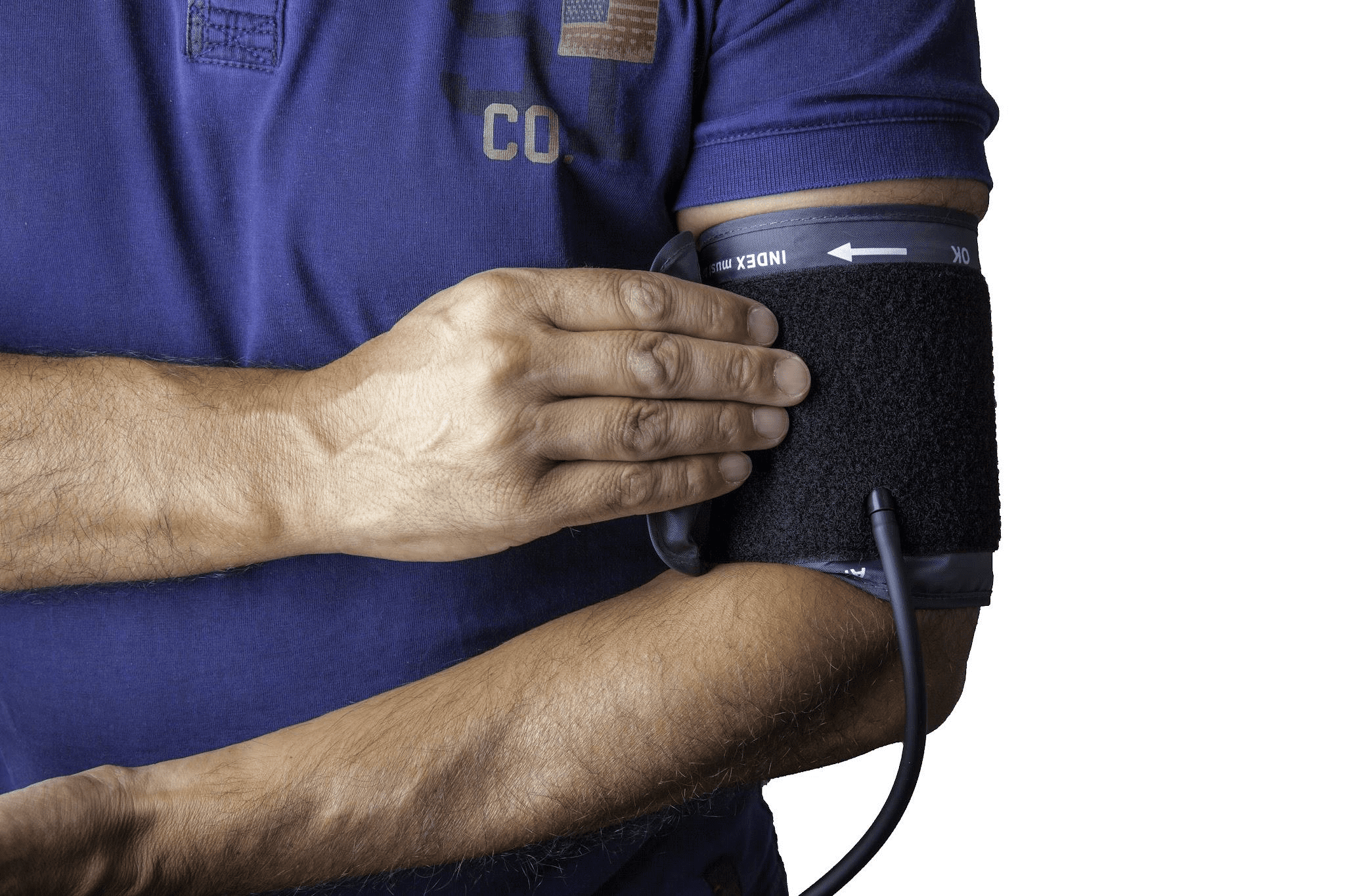Employee health checks are becoming necessary in the workplace as organizations seek to guarantee the well-being of their workforce and adhere to regulatory requirements. As priorities shift towards improving employee health and securing compliance, understand this new paradigm for every organization.
The blend of innovative technologies with traditional health assessments creates a streamlined process that benefits both employers and employees. Health checks are no longer perceived as a mere formality: they represent a strategic approach to promoting a healthier workplace culture.
The Importance of Employee Health Checks
Employee health checks identify potential health issues before they escalate into more significant problems. For businesses, this approach leads to increased productivity and reduced absenteeism. Regular health assessments encourage employees to take ownership of their health, which results in a more engaged and motivated workforce.
Corporations can benefit from understanding their employees’ health needs and addressing them satisfactorily. With technology, organizations can now conduct comprehensive health checks that collect and analyze data efficiently. Employees receive personalized health recommendations that cater to their individual needs. Compliance protects the company from legal ramifications and builds a culture of trust and accountability.
Compliance Regulations and Their Impact on Health Checks
Regulations such as the Occupational Safety and Health Administration (OSHA) guidelines guarantee that workplace health standards are upheld. Complying with these regulations mitigates the risk of legal issues and potential penalties. Organizations must stay informed about the latest changes in health legislation to adapt their health check programs accordingly.
Regular compliance assessments can identify gaps in health protocols. For industries requiring specific compliance measures, such as transportation, a valid and essential DOT physical comparison with non-DOT requirements is a must. Companies must prioritize understanding these distinctions to maintain operational integrity and employee safety.
Technological Innovations in Health Monitoring
Advancements in technology have transformed health monitoring methods from labor-intensive processes into seamless experiences. Wearable devices, mobile applications, and telehealth consultations are at the forefront of this revolution. These technologies provide real-time data on employees’ health metrics, including heart rate, sleep patterns, and activity levels.
With these insights, organizations can tailor their health initiatives to meet specific employee needs effectively. The integration of artificial intelligence further improves the ability to predict health trends and recommend preventative measures. These advanced tools promote a sense of community as employees can track their progress and compare metrics with peers.
Shifting Perceptions of Health Assessments
Organizations are beginning to view health checks as a means of compliance and a method for promoting a healthier workplace culture. This shift is apparent in how businesses integrate health checks into their employee benefits packages, an appealing aspect of recruitment and retention strategies.
A culture that values health checks signals to employees that their well-being is a priority to management. Such attention encourages loyalty and satisfaction within the workforce. The focus expands from simply meeting compliance standards to creating genuine support systems that uplift employee health within the organization.
Challenges in Implementing Health Checks
Privacy concerns emerge, as employees may fear that their health information could be exposed or misused. To address these issues, organizations must establish transparent policies outlining how personal health data will be handled. Integrating new technologies can lead to resistance from some employees unaccustomed to such tools.
Budget constraints frequently limit the extent to which employers can implement innovative health assessments and programs. By strategically allocating resources and exploring partnerships with health tech companies, organizations can overcome these challenges and maximize the benefits of health checks.
The Role of Employee Wellness Programs
Pairing health checks with robust wellness programs maximizes the benefits of these initiatives. These programs offer a holistic approach to employee health that extends beyond physical assessments. They include mental health support, fitness challenges, nutrition counseling, and stress management workshops. The success of such wellness programs hinges on employee participation and engagement.
Organizations can incentivize participation through rewards, recognition, and showcasing success stories. Companies create a sense of ownership over their health journeys. This dual approach of health checks and wellness initiatives results in a more sustainable shift towards a healthier workplace environment, driving business success.
The Future of Employee Health Checks
The future of employee health checks is bright, characterized by continuous innovation and a deeper integration of technology. Organizations are expected to adopt more predictive health analytics that will enable early intervention strategies. As remote work becomes more relevant, telehealth services will offer flexible health check options for employees.
Companies will place a stronger emphasis on mental health as a crucial factor in well-being. The collaboration between employers and health care providers will shape effective health initiatives.

Organizations must adapt to remain competitive and compliant with regulatory demands. From leveraging innovative health monitoring tools to understanding compliance regulations, the evolution of health assessments represents a strategic approach to encouraging a healthier workplace culture. By overcoming challenges and prioritizing employee wellness initiatives, organizations can create an environment where health is a shared responsibility, resulting in sustained benefits for all.





























